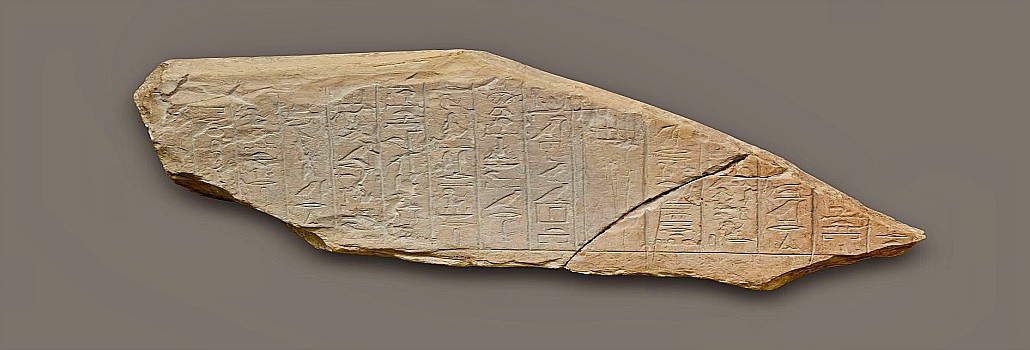Welcome to the fascinating world of ancient Egypt, where history unfolds like an ancient papyrus scroll. In this article, we delve into the captivating story of the Eighth Dynasty, an intriguing chapter that often remains in the shadow of its more renowned predecessors. Join us as we unravel the mysteries of this unique era, showcasing the enigmatic rulers who left their mark on ancient Egypt’s historical tapestry.
The Rise of the Eighth Dynasty:
During a time of political turmoil and uncertainty, the Eighth Dynasty emerged as a period of transition, springing up amidst the decline of the Old Kingdom. This era of ancient Egypt’s history commenced around 2181 BC, following the collapse of the Neferkare Pepi II’s reign. As the centralized power waned, provincial rulers carved out their own spheres of influence, leading to a fragmented and fragmented governance.
Pharaohs of the Eighth Dynasty:
The Eighth Dynasty is embodying the influence of various influential pharaohs who sought to restore unity and stabilize the realm. While the specific lineup of pharaohs during this era remains a subject of ongoing debate, some notable names emerge from the annals of history.
Emperor Neferkare III:
The reign of Emperor Neferkare III represented a glimmer of hope amid the political chaos. His reign marked a notable effort to restore Egypt’s political and economic stability. Although his reign was relatively short-lived, advancements were made in agriculture and the local administration, setting the stage for future rulers.
Emperor Neferkare IV:
Following the footsteps of his predecessor, Emperor Neferkare IV continued the efforts to consolidate power and restore order. His reign witnessed the rise of local governors and increased regional autonomy. Neferkare IV’s reign brought some stability, although Egypt remained a divided land.
Historical Significance and Legacy:
The Eighth Dynasty played a crucial role in shaping the course of ancient Egyptian history. While their rule is often overshadowed by the grandeur of earlier dynasties, their contributions were essential during this tumultuous period. The power struggles and regional autonomy characteristic of the Eighth Dynasty laid the groundwork for the ultimate reunification of ancient Egypt under the prosperous Middle Kingdom.
Exploring Eighth Dynasty Sites:
For history enthusiasts and intrepid travelers, Egypt offers a wealth of archaeological treasures to explore. While direct evidence of Eighth Dynasty rulers may be scarce, remnants of the era’s political landscape can be found in Luxor’s El-Hawawish and Abydos’ tomb complexes. Visiting these remarkable sites not only provides a glimpse into ancient Egypt’s past, but it also piques the imagination, fueling further curiosity about this intriguing era.
As we conclude our journey through ancient Egypt’s Eighth Dynasty, we unveil a rich tapestry of political upheaval, restoration, and the dawn of a new era. The Eighth Dynasty serves as a testament to the resilience and adaptability of ancient Egypt’s rulers, as they navigated challenging times and laid the foundations for a united kingdom once more. By exploring the remnants of this tumultuous period, we can better appreciate the enduring legacy of a civilization steeped in mystery, wonder, and grandeur.



Comment (0)